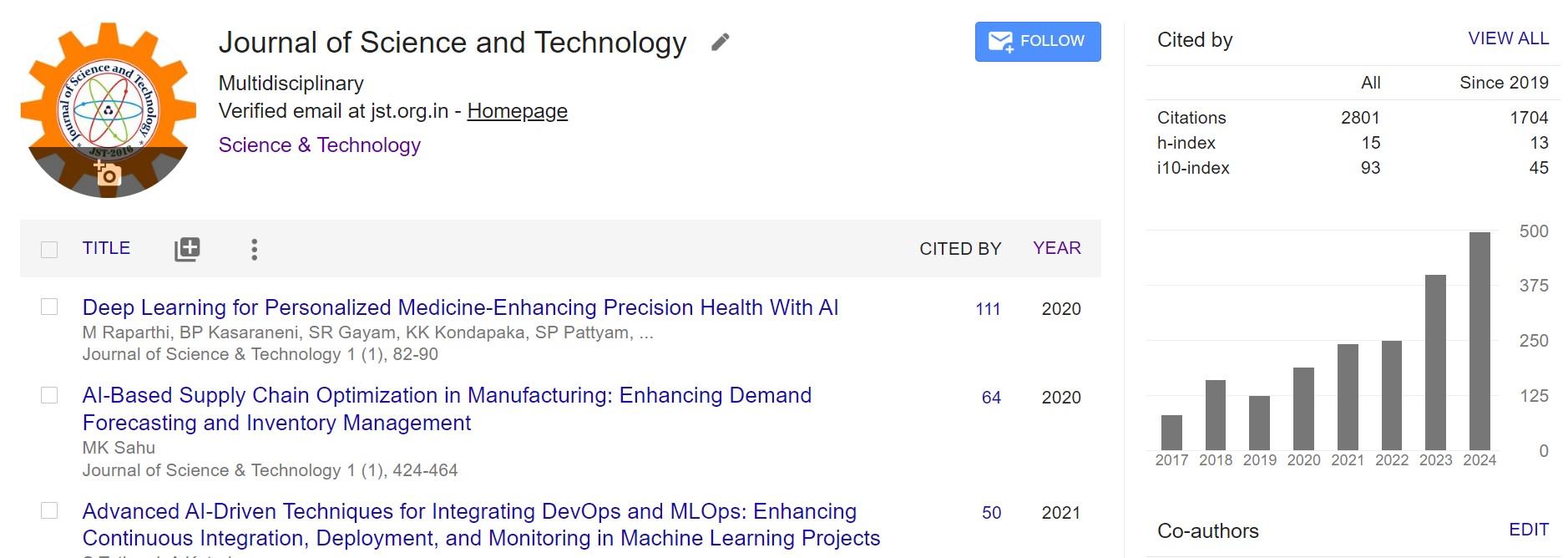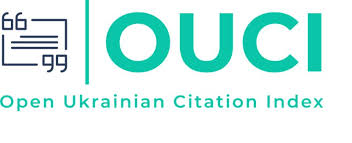ADVANCED FRAUD DETECTION AND MARKETING ANALYTICS USING DEEP LEARNING
Keywords:
Fraud Detection, Marketing AnalyticsAbstract
This paper presents a comprehensive exploration of deep learning techniques applied to fraud detection and
marketing analytics, emphasizing the design of a sophisticated framework that simultaneously identifies
fraudulent activities and enhances marketing strategies. Central to the approach is the use of Recursive Feature
Elimination (RFE), a robust feature selection method that systematically removes less relevant features, thereby
improving model interpretability and performance. Model optimization is achieved through Grid Search combined
with Cross-Validation, enabling the fine-tuning of hyperparameters to maximize predictive accuracy and
generalization. The framework integrates Deep Neural Networks (DNNs) alongside other advanced algorithms to
effectively capture complex patterns and relationships within data, resulting in superior fraud detection
capabilities. Deployment on a cloud platform ensures scalability, flexibility, and accessibility, facilitating real-
world application across diverse environments and data volumes. Extensive evaluation using standard metrics—
accuracy, precision, recall, and F1-score—confirms the framework’s effectiveness and reliability. The study
highlights that the fusion of optimized deep learning models with cloud infrastructure not only boosts detection
performance but also streamlines marketing campaign effectiveness by providing actionable insights. Overall, this
research underscores the critical role of methodical feature selection, rigorous model tuning, and scalable
deployment in developing practical, high-performing fraud detection and marketing analytics solutions.






















